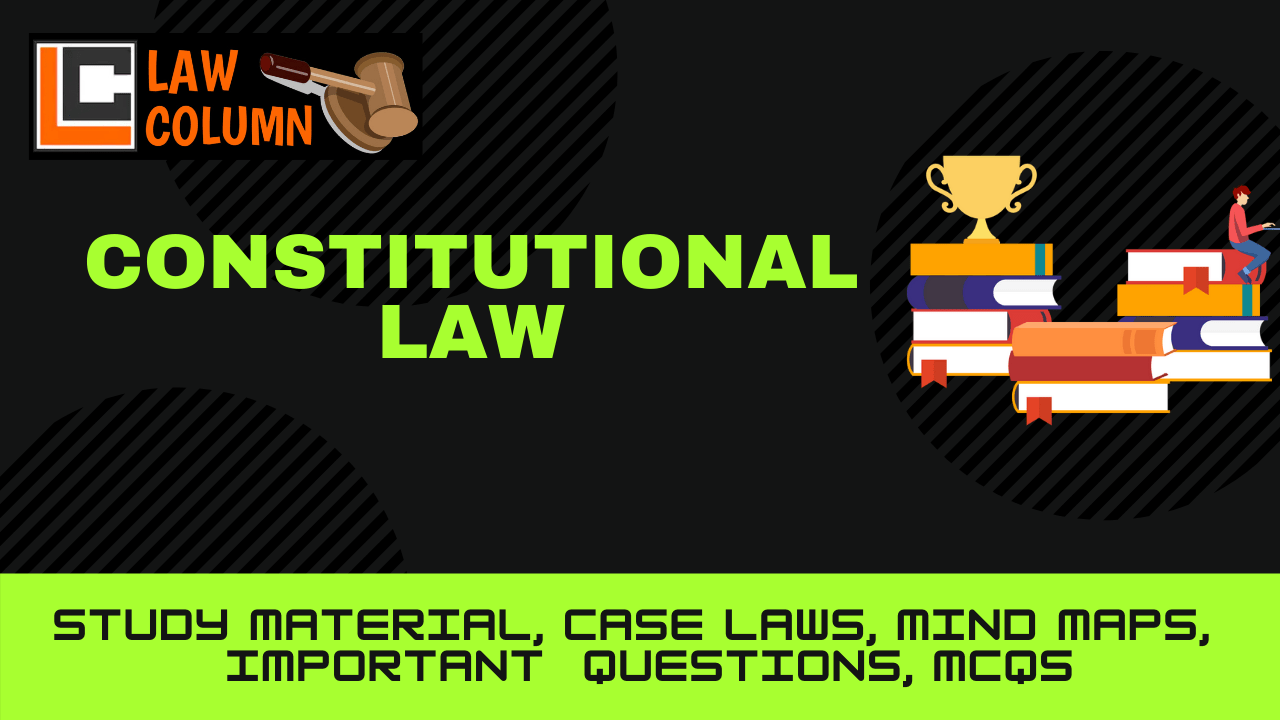THE INDIAN CONSTITUTION
Meaning of constitution
A body of fundamental principles or established precedents according to which a state or other organization is acknowledged to be governed.
About
Constitution day of India is celebrated on the 26th of November each year. Also known as the Samvidhaan Diwas in hindi, it marks the day of the adoption of the Indian constitution by the constituent assembly – which functioned as the first parliament of independent India. It was on 26th November 1949 that the Indian constitution was finally adopted, after close to 3 years of intense debates and discussions among the members of the constituent assembly, and it came into force on 26th January 1950.
The constitution of India is a unique document influenced by the constitutions of many nations. The country’s founding fathers were wise enough to borrow good features from others and mould it in a way that suited Indian aspirations and challenges.
Indian constitution is unique in its way as it is the most detailed constitution across the globe. It originally consisted of 395 articles which have now increased to 448. In contrast the American constitution has only seven articles, and the Australian constitution has 128 articles.
It is drafted considering the geographical diversity of India, the historical perspective of Indian Nationalist struggles, and its traditional and characteristics, unlike any other nation.
Different types of constitution
- Codified, Uncodified, Flexible and Inflexible Constitution
That difference between a codified and uncodified constitution is also reflected on the fact that what is written in the constitutional document becomes a superior law that can only be judged by a Constitutional Court. This brings us to another classification of constitutions as “flexible”, such as the British constitution that can be amended with ease, and “inflexible”, such as the US constitution, which contains entrenchments that make it very difficult to make constitutional changes. In constitutions of the inflexible type, it is the constitution, not the legislature that is supreme. Arguably, codified constitutions provide mechanisms to effect constitutional changes. However, making those changes is not necessarily easy. In the Canadian Constitution of 1982, the whole of Part V of the constitutional document lays down the procedures for constitutional amendment, and as a consequence, the constitution is criticised for being at a standstill
- Monarchical and Republican constitutions
Continuing the comparison between the British and American constitutions, a further constitutional classification is possible: monarchical and republican. In the former, the monarch is the head of state, although in Britain”s case, the powers of the monarch are limited, and the Queen reigns in accordance with the constitution. The political power lies with the Prime Minister. Accordingly, a constitutional monarchy is a limited monarchy. A republican constitution on the other hand, provides for the election of a President who is the head of state and the head of the government.
- Presidential and parliamentary constitutions
By the fact that a republican constitution places the power in the hands of the President, while the British constitution places the power on Parliament, it would be possible to make a further classification of a constitution as “presidential”, or “parliamentary”. This affects the way the government operates. In the case of the former, the President will be the head of state and the head of the executive branch of the government but not the head of the legislature and not accountable to it. Furthermore, the President is not a member of the House of Representatives or the Senate. By contrast, in a Parliamentary constitution, the head of the executive branch of the government is the Prime Minister, who will also be the head of the executive, and also a member of the legislative branch of the government and accountable to it.
- Federal and Unitary constitutions
In a federal system such as the one in the US, it can also be said that the constitution is a “federal” constitution, instead of a “unitary” one. In the former, apart from a central government, there is also government at state level, with legislative competence under the constitutional arrangements. This is the case not just in the US but also in Australia, Canada and South Africa. On the other hand, Britain has a unitary constitution and it is centrally governed. However, this point may now be challenged because due to devolution powers to Scotland, Wales and Northern Ireland, perhaps there is an incipient federal aspect to the British constitution.
Author: SAMEER AFZAL ANSARI,
GURU GOBIND SINGH INDRAPRASTHA UNIVERSITY , THIRD YEAR , SIXTH SEMESTER , BACHELORS OF ARTS AND BACHELORS OF LEGISLATIVE LAWS

